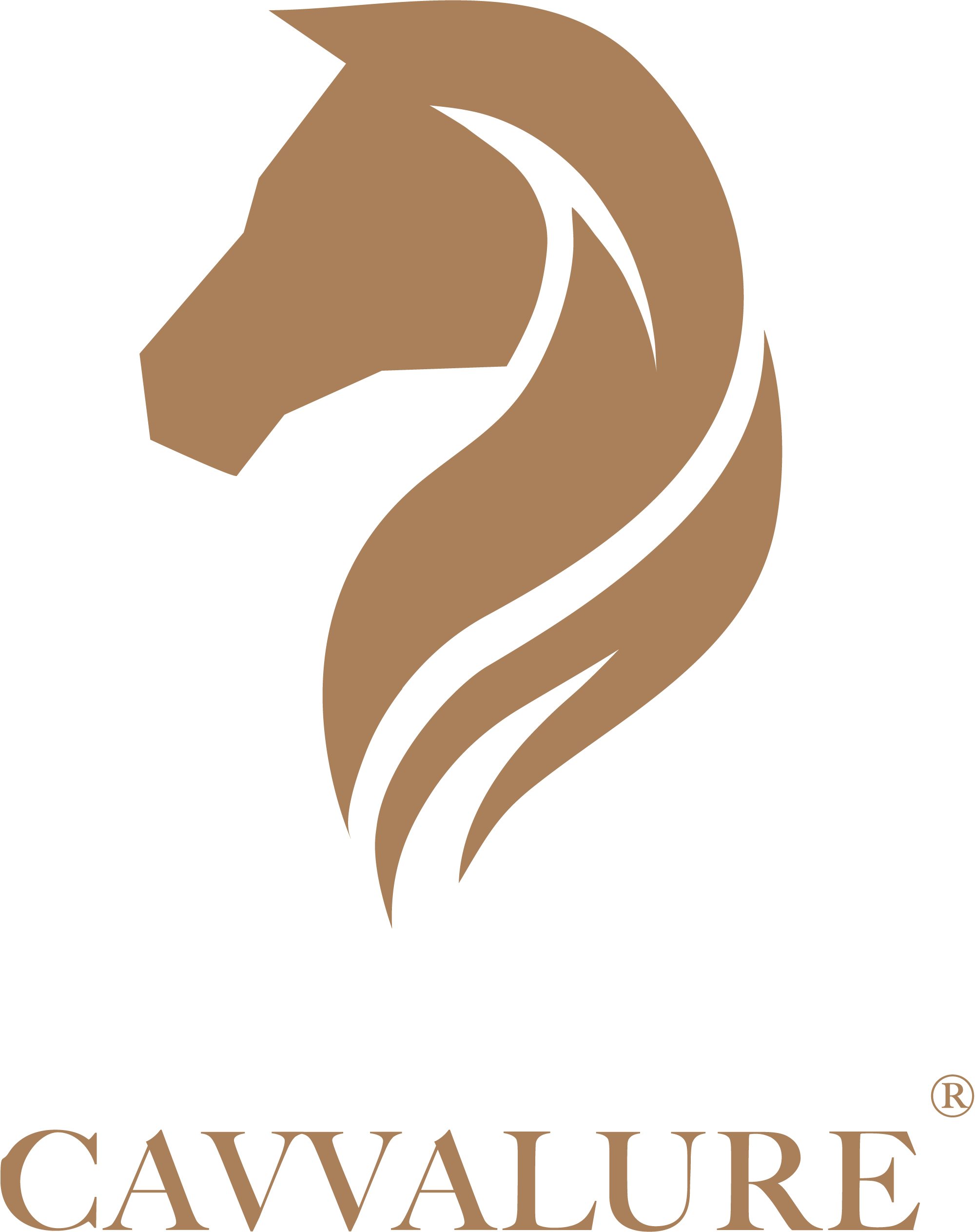As equestrians, we know that peak performance starts long before the saddle. From the stable routine to the feed room, every choice we make for our horses matters—including what goes into their hay nets. One of the most common questions among horse owners is: should I feed hay or haylage? And beyond the basics, how does the consistency of your forage influence your horse’s health, energy, and even mood?
At Cavvalure, we believe in supporting the rider from every angle—on and off the horse. That includes demystifying decisions like this, so you can feel confident in what you’re feeding and how it impacts your horse’s daily wellbeing.
What’s the Difference Between Hay and Haylage?
Both hay and haylage are preserved grass products, rich in fibre and essential for digestive health. But their preparation, nutritional content, and moisture levels differ—and those differences can have real consequences for your horse.
Hay is dried grass, baled with very low moisture (usually under 15%). When well made, it’s clean, sweet-smelling, and easy to store.
Haylage, in contrast, is baled with more moisture (typically 40–60%) and wrapped airtight to ferment slightly. The fermentation process not only helps preserve nutrients but also makes the forage softer and often more palatable.
The Impact on Health—and Mood
Your horse’s digestive system relies on consistency. A sudden switch in forage—or frequent changes between poor and good-quality bales—can disrupt the gut microbiome. This not only increases the risk of colic or diarrhoea, but can also subtly affect how your horse feels day to day.
Mood and Behaviour
It’s easy to overlook, but forage can have a surprising influence on your horse’s mood:
-
Inconsistent forage may cause bloating, low-grade discomfort, or fluctuating energy levels—all of which can manifest as irritability, reluctance to work, or even spooky behaviour.
-
Haylage, with its higher energy content, can sometimes give horses a bit more sparkle—great for competition season, but potentially too much for sharp or stressy types.
-
Hay, especially late-cut and stemmier varieties, tends to have lower sugar and energy, which may be better for horses prone to fizzy behaviour or those on limited turnout.
Understanding how your horse feels on certain forage is just as important as reading the label. Are they calmer? Grumpier? Do they rush their haylage but pick at their hay? Their response is often the best feedback.
Consistency is Key
It’s not just about choosing hay or haylage—it’s about choosing quality, and staying consistent.
Inconsistent bales, even from the same supplier, can lead to:
-
Changes in appetite
-
Fluctuating droppings
-
Behavioural ups and downs
-
Unpredictable performance
This is especially frustrating when everything else—training, turnout, tack—is held to a high standard. Riders who are striving for calm, focused horses often forget that the foundation starts with forage.
So… Which is Better?
Here’s a side-by-side comparison:
| Factor | Hay | Haylage |
|---|---|---|
| Moisture Content | Low (<15%) | High (40–60%) |
| Storage | Easy, long shelf life | Requires airtight wrapping, short shelf life once opened |
| Digestibility | Slightly lower | Higher – easier on older horses or poor doers |
| Energy Content | Lower | Higher – great for competition horses |
| Dust Level | Can be dusty if not steamed or soaked | Naturally lower dust due to moisture |
| Behaviour Impact | Calmer, steady energy | May increase sparkle or sharpness |
| Consistency Challenge | Prone to weather variability | Prone to fermentation or mould if poorly stored |
Top Tips for Choosing Consistent Forage
-
Build a relationship with your supplier. Know where your forage comes from and what to expect from each cut.
-
Stay with one forage type whenever possible. Gradual transitions between types reduce the risk of digestive upset.
-
Inspect every bale. Look for a sweet smell, uniform texture, and no signs of mould or damp.
-
Store smart. Keep hay dry, off the floor, and covered. Haylage should be tightly sealed until use.
-
Feed to your horse’s workload and temperament. A fizzy horse in light work may benefit from lower energy hay, while a lean eventer could thrive on nutrient-rich haylage.
At Cavvalure, we’re deeply aware that true performance and elegance come from harmony—between rider and horse, body and mind, tack and turnout. The choices you make in the feed room directly influence how your horse feels in the arena.
Whether you opt for hay or haylage, prioritising quality, consistency, and your horse’s individual needs is the most important step. A well-fed horse is a happier, more focused, and more willing partner—and that’s something no supplement or gadget can replace.

